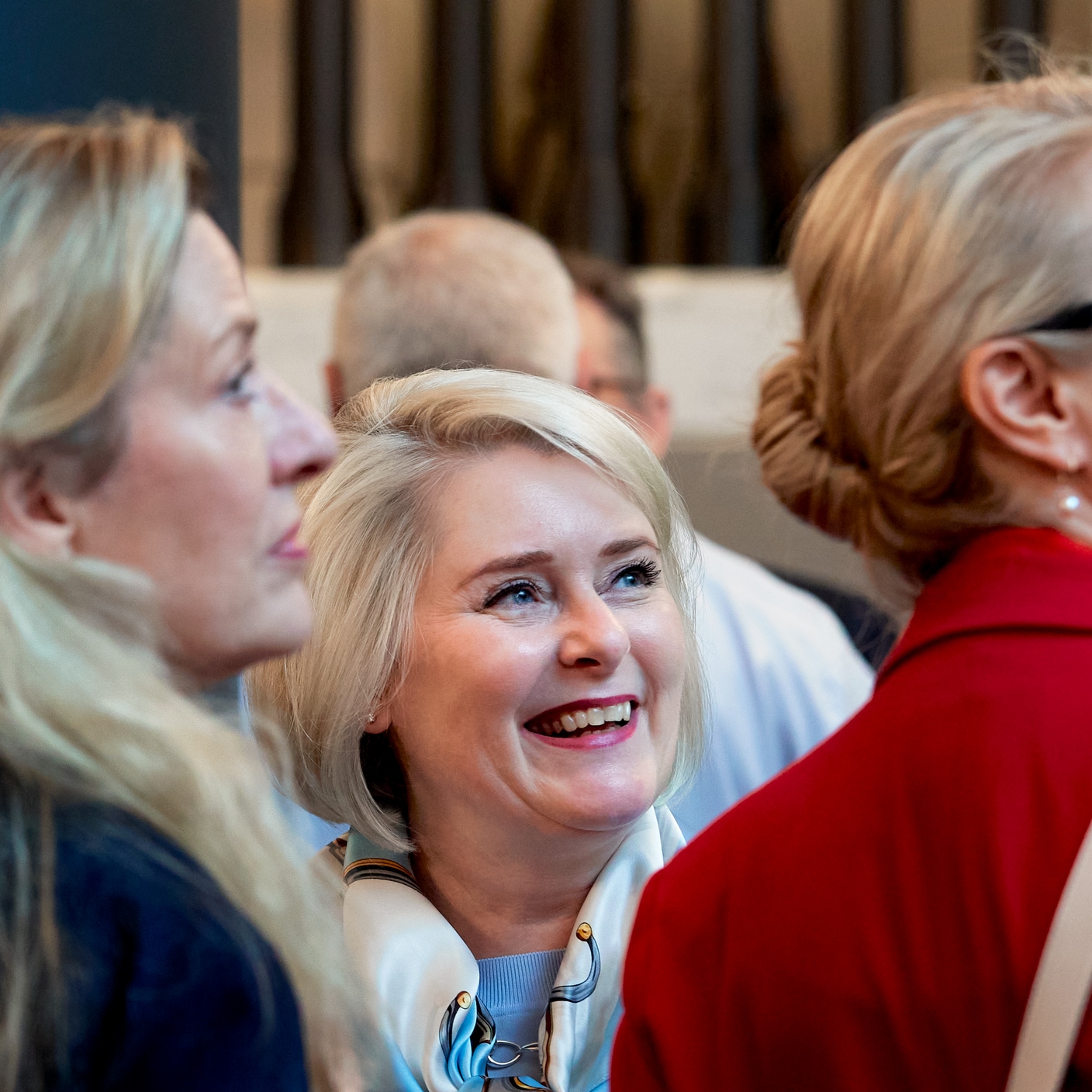Embracing a collaborative approach that engages all employees relevant to the planned change increases your chances of successful implementation.
In this interview, Sally Swingewood, BSI’s former Lead Standards Development Manager, outlines how consulting with colleagues when making decisions can boost operational effectiveness.
Read on to understand:
• How involving your colleagues in decision-making can benefit your organization.
• Effective collaboration and communication techniques.
• The barriers to effective collaboration.
Why are consultation and participation so important?
Sally Swingewood: “Worker consultation and participation are more than merely beneficial – they are essential.
“Any organization seeking to improve performance through a comprehensive approach to workplace well-being is destined to fail if it relies solely on a distant leadership team and the remote observations of external consultants.”
What does good consultation and participation look like?
Sally Swingewood: “Good consultation and participation are about building a culture of trust, a safe culture where people feel they can speak up and they can really be honest about what their concerns are and what they think should be done about them.
“It’s inclusive. It includes everybody, no matter their role or where their workplace is or what hours they work. That includes shift workers, remote workers, office workers, and factory workers. It isn’t a select group, because that select group will almost certainly not understand all of the issues. Inclusivity is key.”
What are the key tools and techniques employers should use?
Sally Swingewood: “There’s no one way of doing consultation and participation. The tools and techniques you use to get people involved and elicit the feedback you need is going to depend on you, your situation, and your workforce.
“Consider using a mix of methods to consult your workers, including:
“Face-to-face directly – Consultation can take the form of scheduled interviews, informal walkabout chats, or formal meetings, particularly for areas such as occupational health and safety. Focus meetings can also be arranged with groups or the whole workforce. Workers can be assigned to workgroups to explore ways of addressing specific issues such as psychological health and safety.
“Through worker representatives – You can also use face-to-face methods to consult with worker representatives, which might be more practical in larger workforces, or you can set up a dedicated, formal worker committee. For the latter, you need to consider its workings and composition (ensuring that it is inclusive and representative of the entire workforce), as well as its agenda and support requirements.”
“Indirectly – Use a variety of mechanisms, such as staff surveys, suggestion schemes, noticeboards, newsletters, and websites. Dedicated email addresses or phone lines can be arranged for receiving worker feedback.”
How often should consultation and participation take place?
Sally Swingewood: “Again, that’s going to depend on the organization and its context – but make it meaningful. Ensure that your workers are involved in the important decisions, the decisions that really affect them.
“You don’t necessarily need to consult on the tiny things, but anything substantial needs meaningful input and careful consideration of the views of those who will be affected by the decision. They need to understand all the relevant issues, pros and cons.”
What are the barriers to effective consultation?
Sally Swingewood: “You may have to overcome literacy and language obstacles, particularly if you have workers in other countries, by ensuring interpreters are in place.
“With a diverse workforce, the culture fit of any consultation is important. Use easily understood infographics and pictures and set aside time for effective two-way communication that takes cultural diversity and different working patterns into account.
“Make sure there is no reason for colleagues to be fearful of reprisals, such as disciplinary action or dismissal, if they report issues or concerns. Strong whistleblowing policies or other anonymous reporting arrangements can help encourage engagement.
“Finally, one of the most overlooked but critical steps is gathering feedback on the consultation process itself.”




